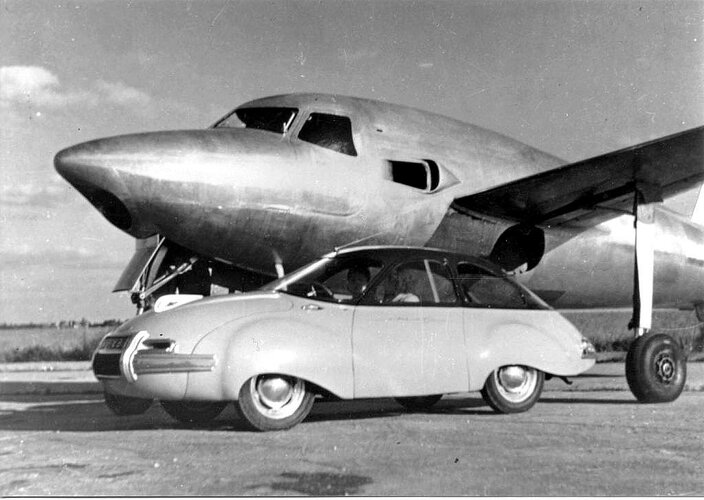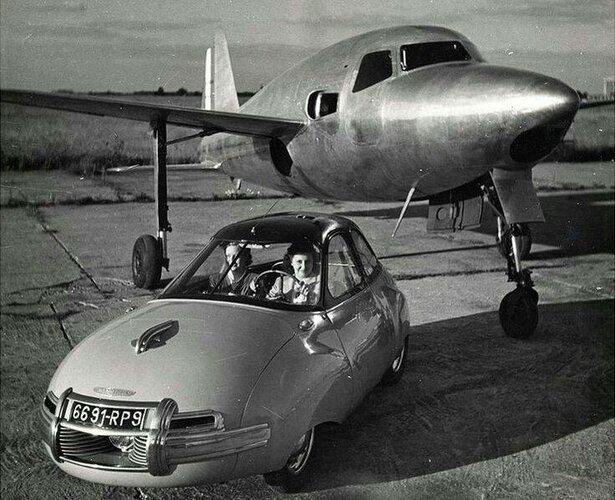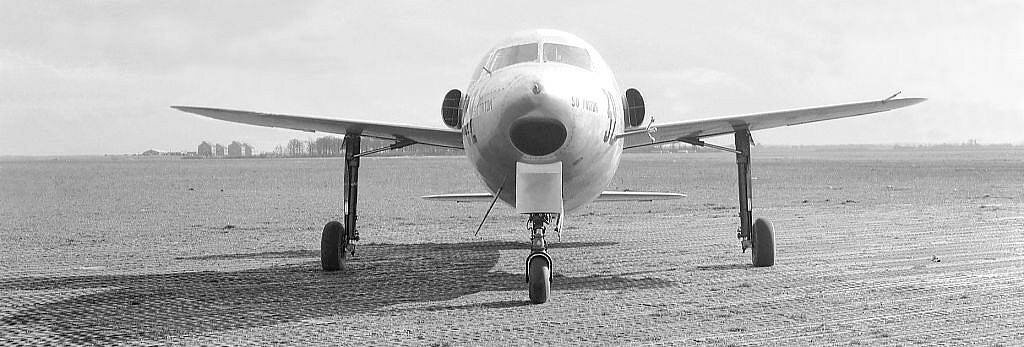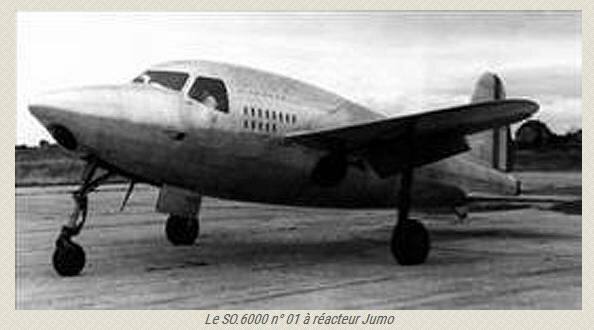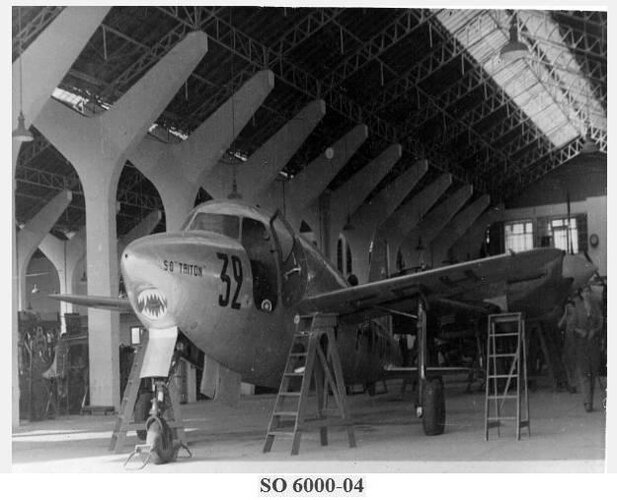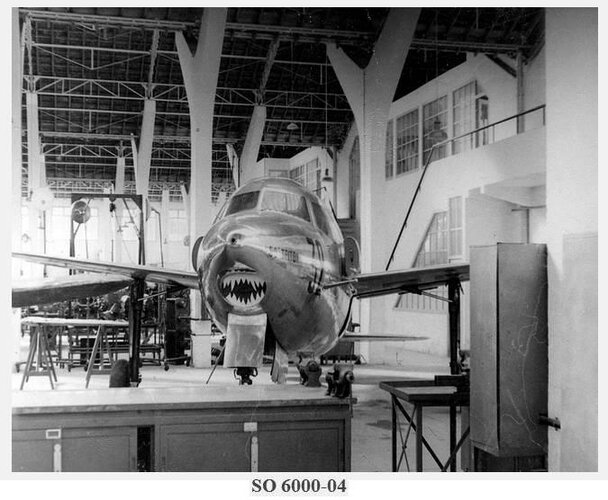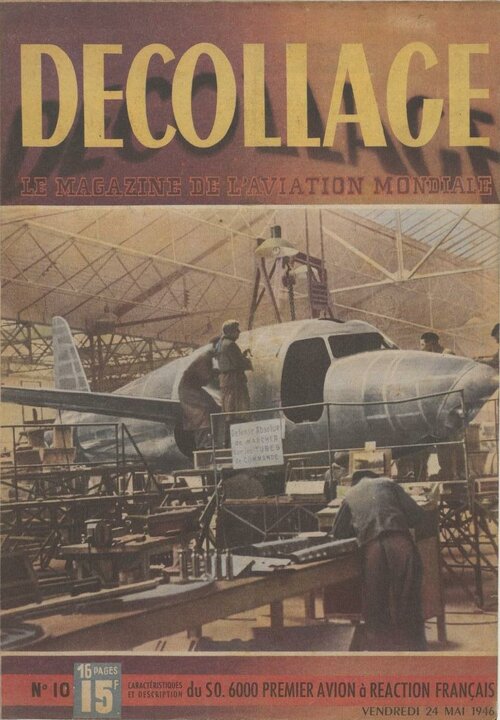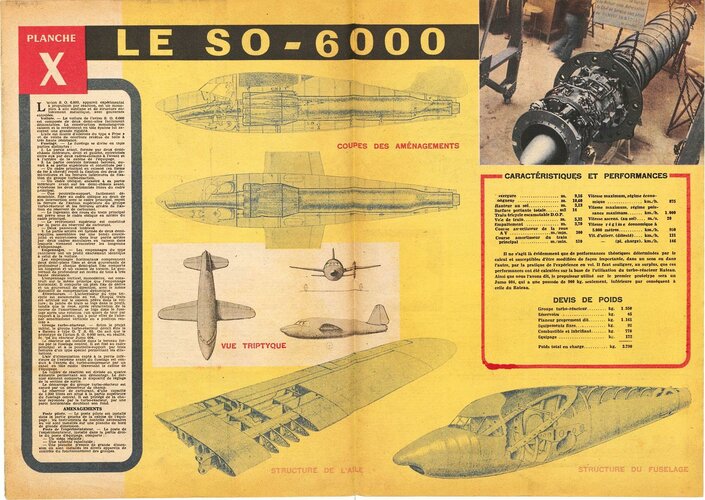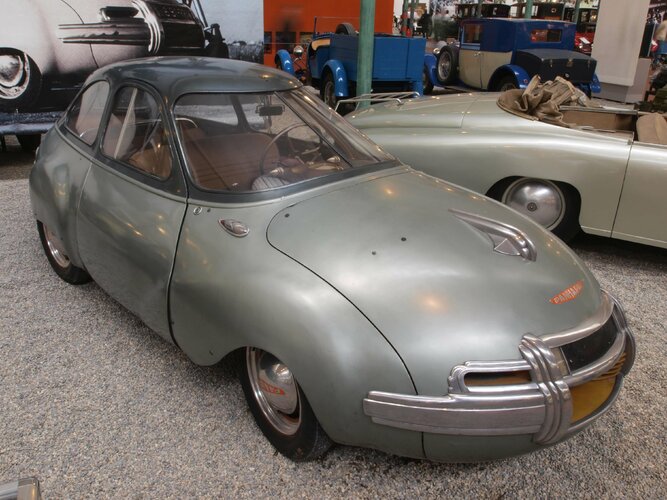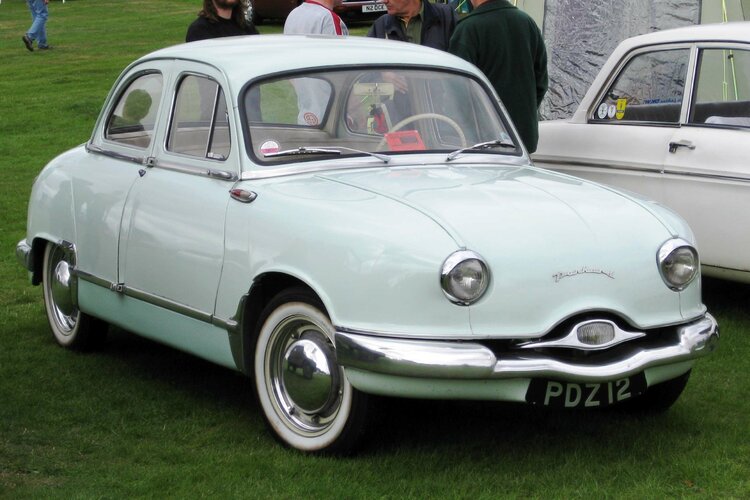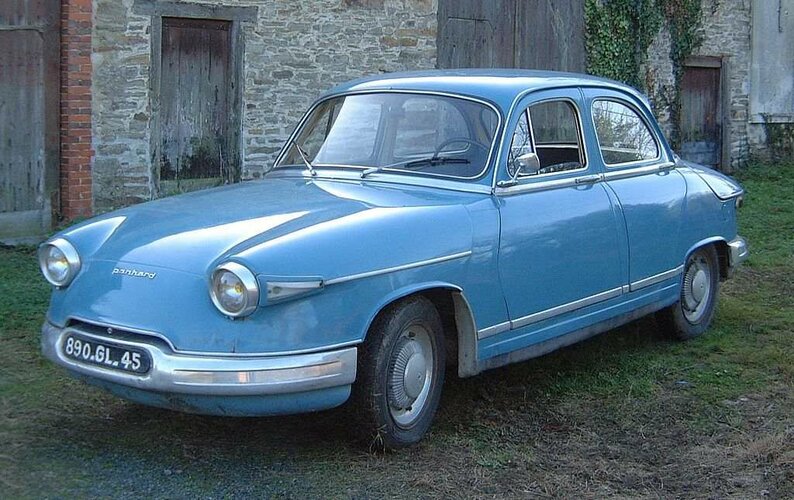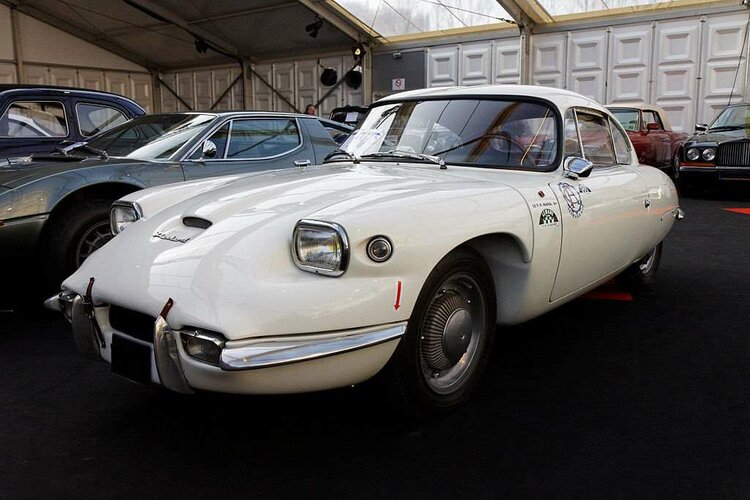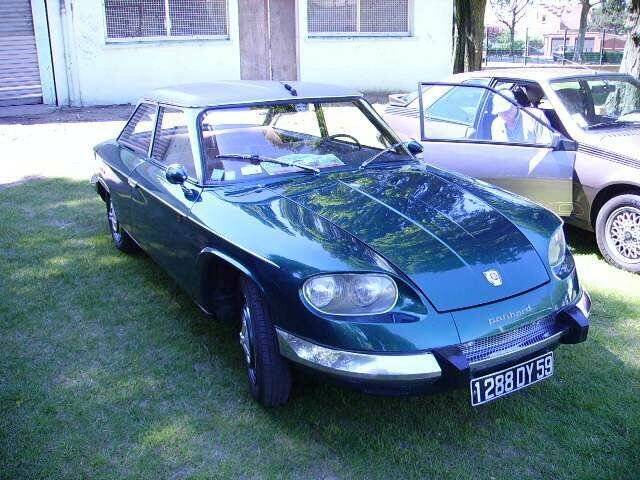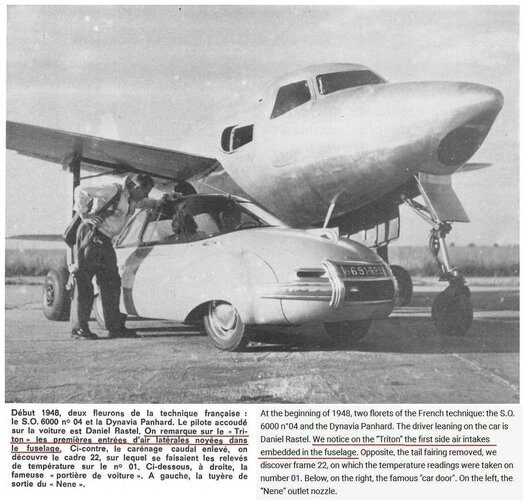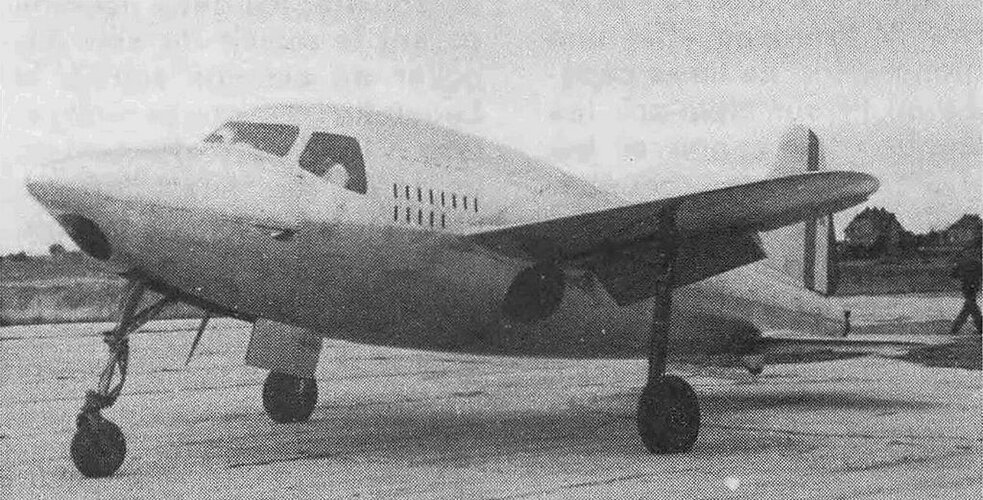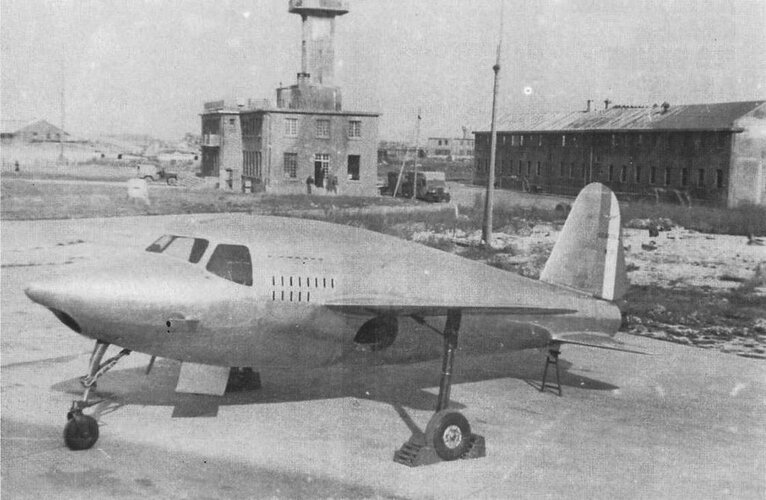France's first jet first flew with an air intake in the nose feeding a Junkers Jumo engine but the performance was unsatisfactory and subsequent versions used a Nene with 'elephant ear' intakes ahead of the wing.
I would like to make a model of it in its original form by modifying the Mach 2 kit but have only been able to find one picture of it in that form and it does not give a good view of the intake which has been described as a 'shark mouth'.
Could anybody please direct me to any pictures or drawings that show the intake? I could ,of course, just cobble something up and nobody could tell me it was wrong!
John
I would like to make a model of it in its original form by modifying the Mach 2 kit but have only been able to find one picture of it in that form and it does not give a good view of the intake which has been described as a 'shark mouth'.
Could anybody please direct me to any pictures or drawings that show the intake? I could ,of course, just cobble something up and nobody could tell me it was wrong!
John

